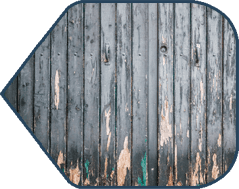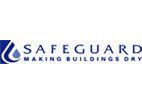Rising Damp Treatment
Rising Damp and its Effects
Many mature properties are subject to rising damp due to the lack of an effective damp proof course (a horizontal layer of water-proof material built into a wall, e.g. slate, bitumen, polythene). Existing damp proof courses can also become bridged by high external ground levels or can, over time break down.
Identifying rising damp
Most materials do not become visibly damp and do not feel damp to the touch until they are quite significantly so. The common tell-tale signs are:
- Visual discolouration to decorations and plaster.
- Decay to skirting board and adjacent flooring timbers.
- Loose and salt laden plaster and render.
Resolving Rising Damp
Once we have been instructed to undertake an inspection of the building our surveyors will use specialist equipment and their expertise to determine the source and extent of the dampness.
Typical solutions involve:
- The installation of a chemical damp proof course.
- The removal and reinstatement of contaminated plaster.
- The installation of specialist waterproof coatings and membranes.
In some instances it may be found that damp problems within a property are due to internal or external defects, such as faulty rainwater goods and porous external pointing. The presence of condensation and associated moulds can sometimes be mistaken by householders for rising or penetrating dampness. Our surveyors will identify the problem and advise accordingly.
Should you require an inspection to be undertaken in respect of rising dampness then please call 01227 860 550 or fill in our contact form.
Book now
Thank you for contacting us.
We will get back to you as soon as possible
We will get back to you as soon as possible
Oops, there was an error sending your query.
Please try again later
Anglian Tectonics
The Old Store Church Lane, Chislet, Canterbury,
CT3 4EB
© 2024. The content on this website is owned by us and our licensors. Do not copy any content (including images) without our consent.












